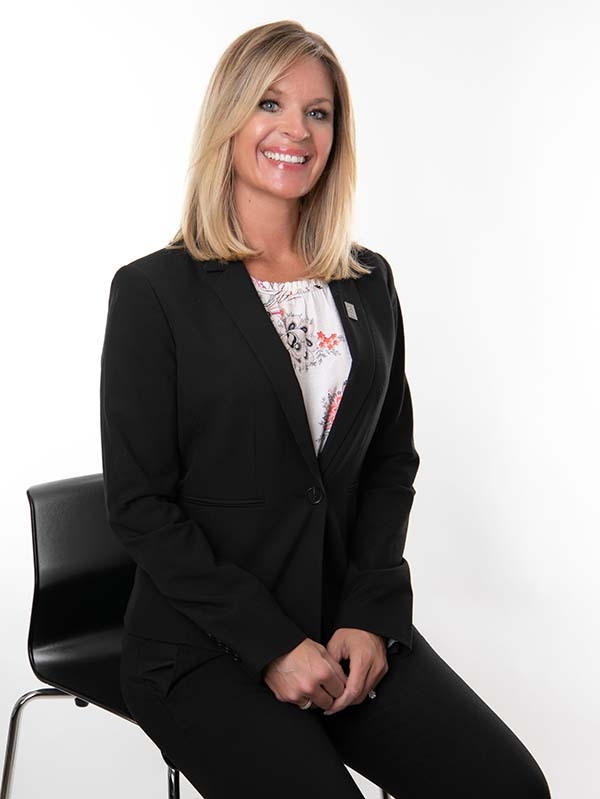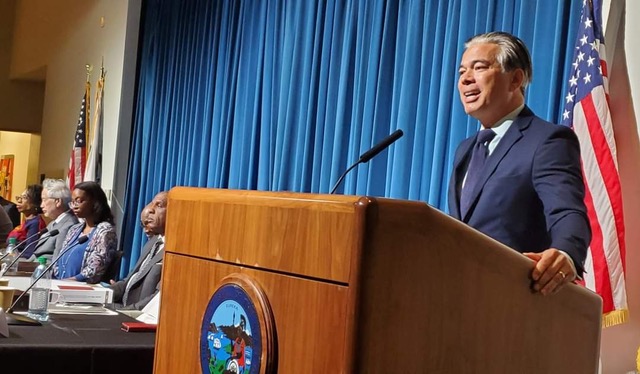
Contributed by: Colleen Nerius
We’re in the midst of Women’s History Month and a year into the COVID-19 pandemic. Why put those two together? Because, sadly and frustratingly, the pandemic has set back gender equality in the workplace, reversing what had been a slow but steady trend in the right direction.
The pandemic has deeply affected women. It has heightened inequalities small and large, in the workplace and at home.
Worldwide management consulting firm McKinsey & Company found that a near-immediate effect was that while one in five men considered cutting back or leaving their jobs, one in four women did. Women’s jobs also have proven to be 1.8 times more vulnerable to the crisis than men’s jobs, and while women make up 39% of global employment, they account for 59% of overall job losses.
Those facing the largest challenges are working mothers, women in senior management positions and Black women. And for parents with children under 10 years of age, the rate of women considering leaving their jobs was 10 percentage points higher than for men.
Women, especially women of color, are more likely to have been laid off or furloughed, stalling their careers and jeopardizing their financial security. Working mothers have often dealt with pulling double-duty—a full day of work preceded and followed by childcare and household labor.
How do we turn around this dire situation? Families are at risk financially and physically; companies are at risk of losing women in leadership and falling behind in years of work toward gender diversity.
In response to this situation, many companies have stepped up how they support their employees. For example, at SAFE Credit Union, where I work, this year cast in sharp relief how important culture is to SAFE’s success. In response to the COVID-19 pandemic, SAFE leadership quickly implemented work-from-home solutions and schedule flexibility for headquarter employees, provided eighty hours of supplemental sick leave to all employees, and established sanitation and social distancing protocols in all locations to protect employees and members.
Almost all companies are providing tools and resources to help employees work remotely, and many have expanded counseling and wellness services as well as training to help managers assist employees.
As a human resources executive, I know there can be improvement around supporting work flexibility, such as ensuring a company’s performance goals reflect the new realities. Performance assessments should be results-based, not on the when or where of how the results were achieved. And leaders should model what that can look like, to send the message to employees that it’s OK to take advantage of flexible work options and still be able to achieve or exceed goals.
Another means of fostering an inclusive and supportive culture for women in the workplace is via employee resource groups (ERG). These can be a very effective tool for recruiting and retaining talent and creating a more inclusive environment. ERGs can serve as a sounding board around strategic diversity objectives, be a collective voice on diversity and gender issues, and support innovation by providing unique and diverse insight into products and new marketplaces.
What it all comes down to is recognizing that the world has shifted; many things will likely never be completely as they were. The pandemic has caused great pain for many. It has forever altered families and livelihoods. But looking forward, it also provides a great opportunity for establishing new ways of doing business, ones that will create enhanced workplaces that further embrace diversity in race and gender and provide for growth, stability, and success for all.
# # # # #
Colleen Nerius is Chief Human Resources Officer at SAFE Credit Union. She can be reached at mediainquiry@safecu.org.






